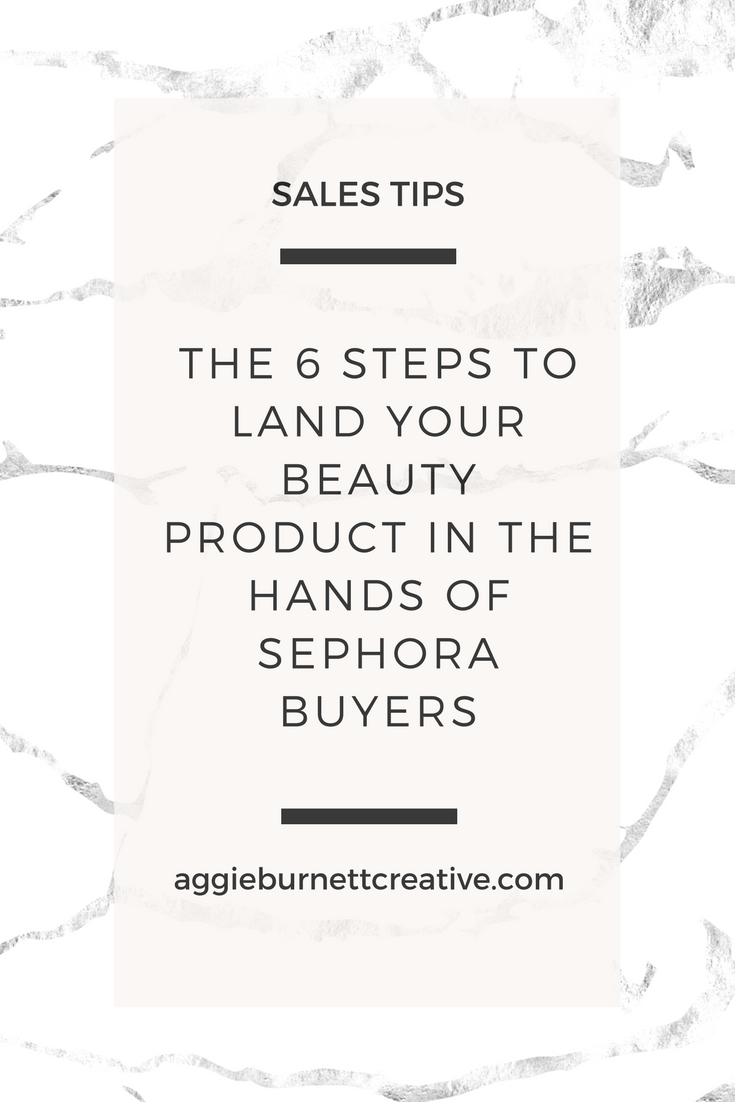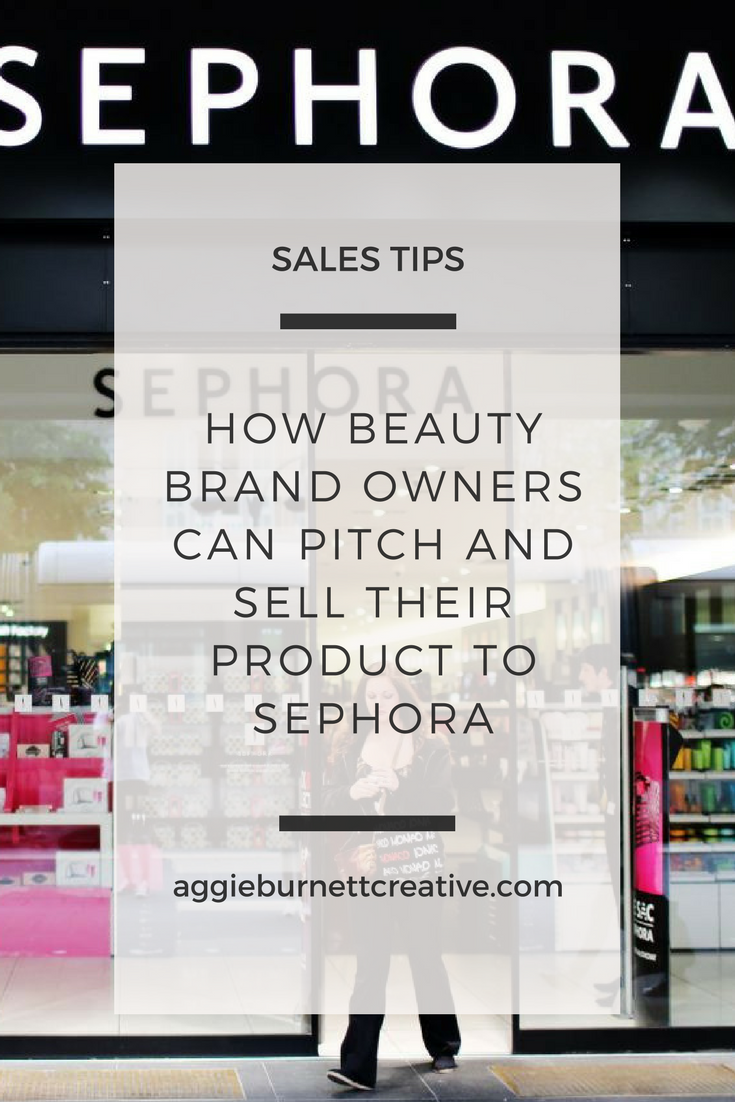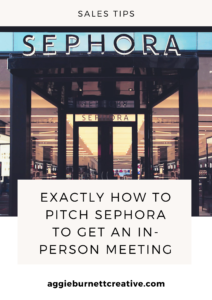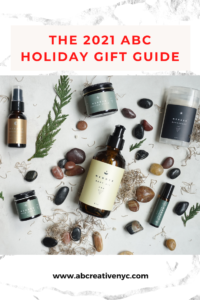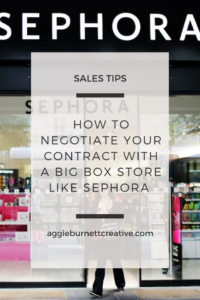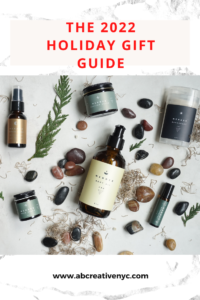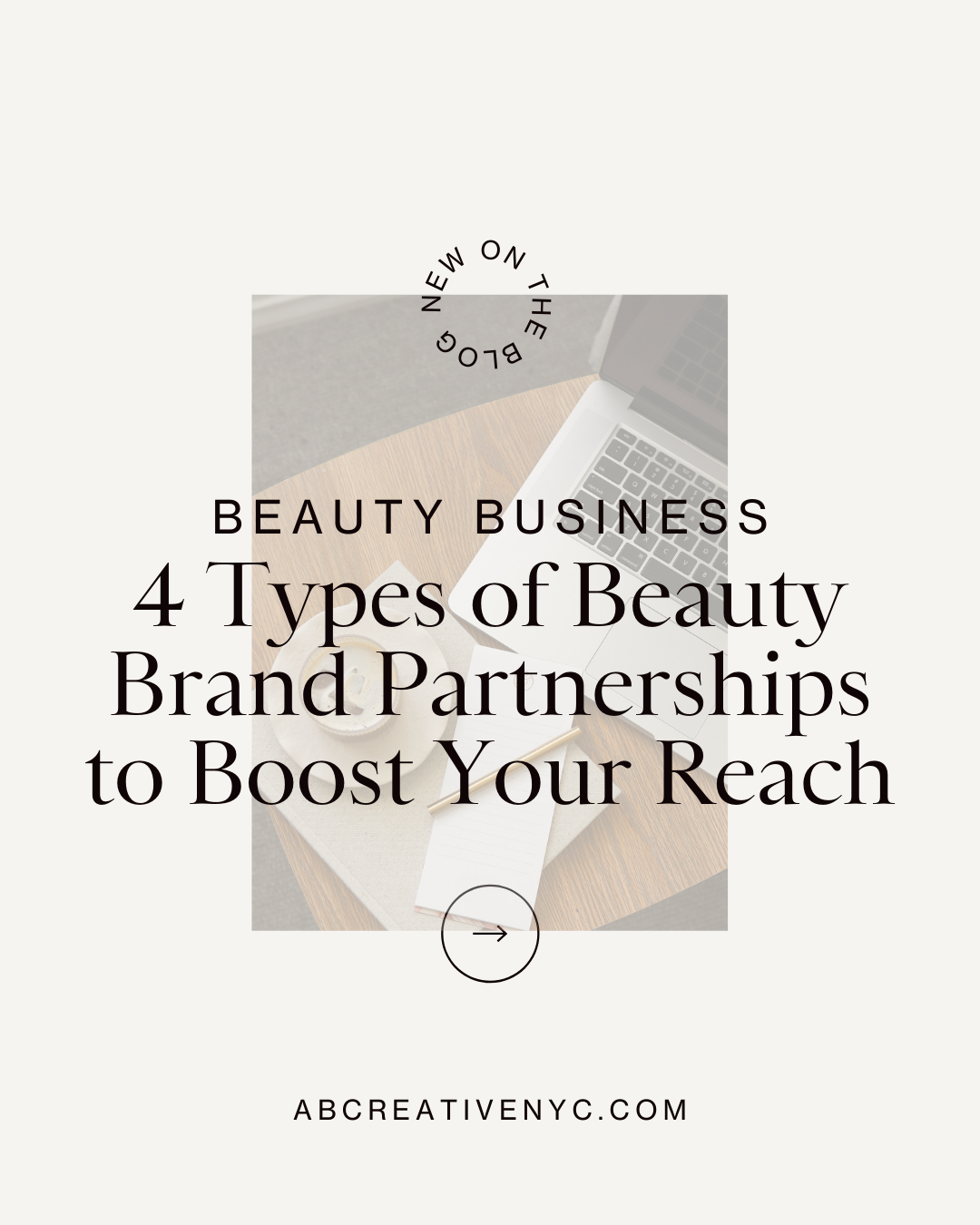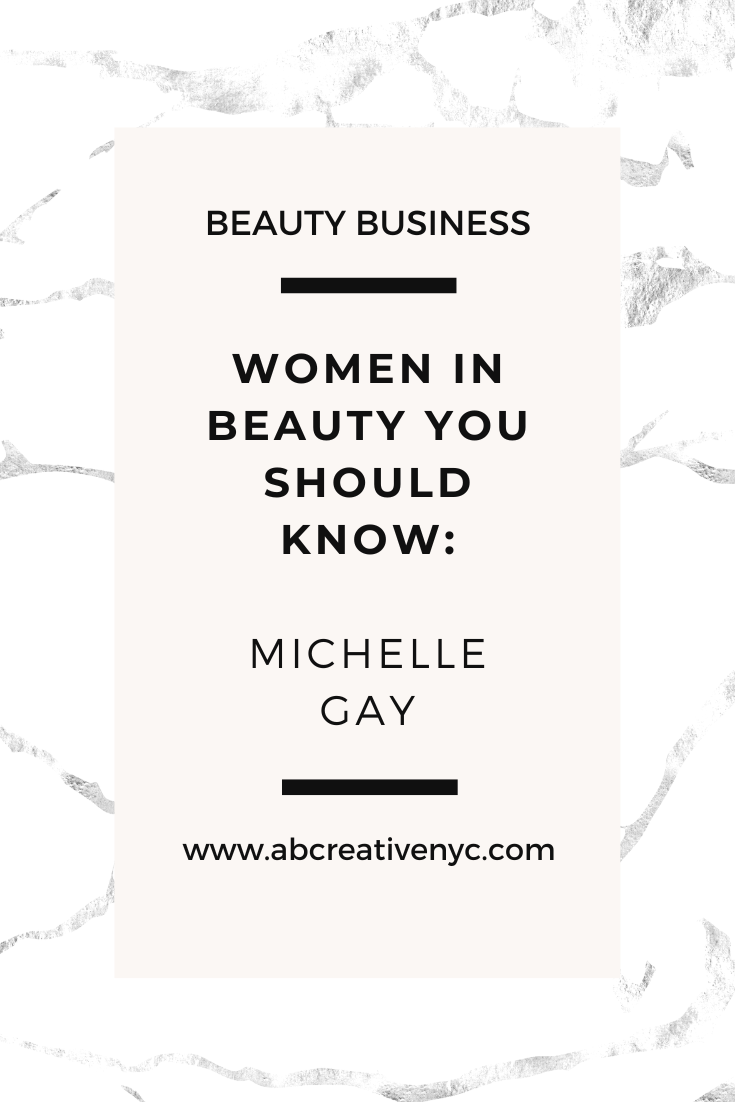Lots of famous upscale brands — like Chanel, Lush, and MAC Cosmetics — almost never offer discounts.
Why? Because when you offer discounts all the time, it cheapens your brand. (Which makes it a lot harder to charge premium prices.)
That’s why I tell my clients not to offer too many discounts. Do 2 sales a year — maximum. The rest of the year, everyone has to pay full price.
Now, you might be asking, “but Aggie, if I don’t offer discounts, how will I make sales?”
The good news is, there are plenty of ways to boost your sales without cutting prices. Here are 15 of them:
1. BUY-ONE-GET-ONE
Pretty much every retailer known to man has done a buy-one-get-one offer at some point. (Even Lush has a buy-one-get-one sale the day after Christmas.)
I like buy-one-get-one offers because a) they don’t cheapen your brand (because people still have to pay full price for one item) and b) they still sell really well.
Plus, buy-one-get-one offers don’t cut into your profits as much as discounts do. (After all, you’re already going through the trouble to pack and ship something.)
And your customers like buy-one-get-one offers, too: 66% of shoppers say buy-one-get-one promos are their favorite.
2. BUNDLES
Bundles are a little bit like buy-one-get-one offers, except they put you in control of what your customers buy.
Glossier does tons of product bundles. They even have an entire tab called “Save on Sets” where they show you exactly how much you can save by buying one.
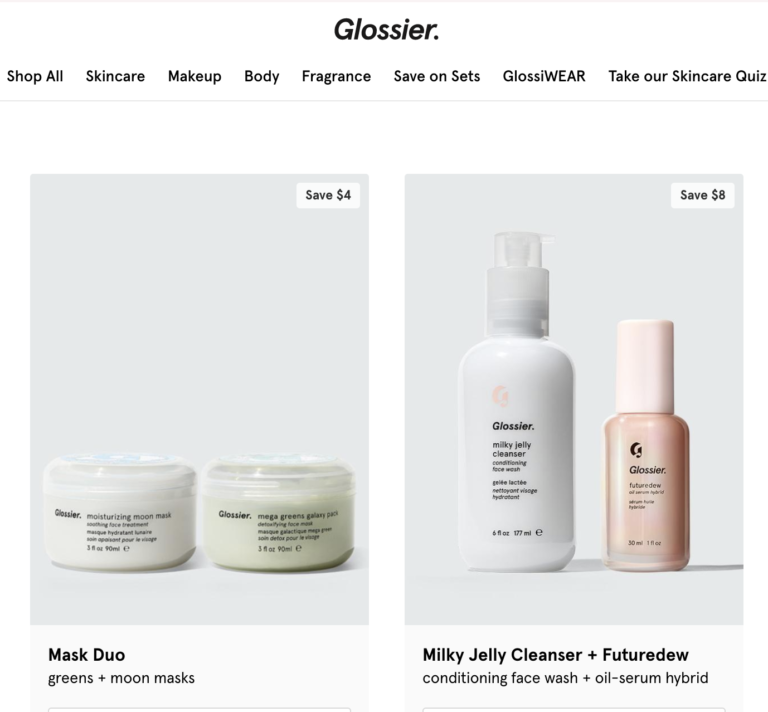
Another reason to offer bundles: they promote products that your customers might not normally think about buying.
You can also offer your bundles on a subscription basis. Menstrual care company Rael offers essential kits that auto-renew every month — giving them recurring revenue.
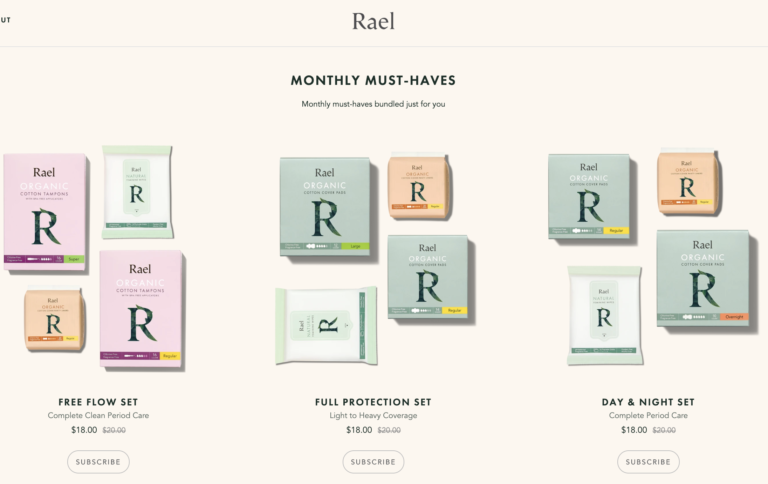
3. CONSULTATION PROMOS
If you’re an expert on skincare, nutrition, makeup, or anything else your audience cares about, then people probably want to talk to you. So think about offering a consultation promo.
For example, you can give customers a free 15-minute consultation with you if they buy $200 worth of your products.
Consultations double as market research. You can use them to learn about your best customers, understand who they are, why they love your brand, and figure out ways to service them better (and sell them more stuff).
Doing consultations can also build brand loyalty. If you talk to someone, you build a personal connection with them, and they’re more likely to buy from you later.
If you’re not an expert yourself, you can still do consultation promos — just hire someone who is an expert to do the consultations for you!
4. POINTS PROGRAMS
Do you know anyone who only flies one airline, because that’s the airline they have “points” with?
Plenty of beauty brands do this, too. Kopari has created a faithful customer base with their points program Clique. And Brooklinen has a similar program that gives you all kinds of goodies once you spend $500.

When you create your own points plan, you give people an excuse to spend more money on you. You also give people a compelling reason to keep buying from you instead of switching to a competitor.
If you want to create a points plan but the tech stuff scares you, look into Yotpo — it does a lot of the work for you!
5. REFERRAL PROGRAMS
A recent study found that 83% of customers will refer you to their friends if they like your products. Especially if you give them a little incentive if they do. That’s why you want a referral program.
One brand that does referrals very well is Harry’s, a men’s grooming brand that gives you free stuff for referring your friends. (Harry’s got over 100,000 new email subscribers in 1 week from doing just 1 referral campaign!)
Want to create your own referral program? Try using an app like RefferalCandy, which does a lot of the work for you. Or you can try Yotpo, which helps track referrals and manage points programs.
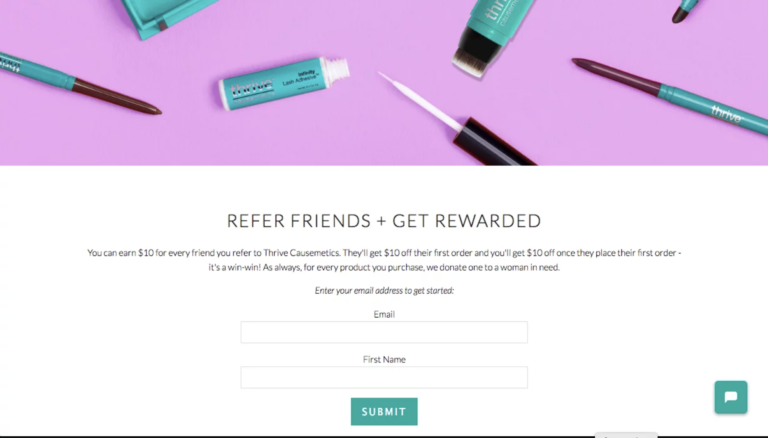
6. UPSELLING, DOWNSELLING, AND CROSS-SELLING
When you’re checking out at the grocery store, you see a bunch of candy bars and magazines. Why? Because the grocery store wants to sell you 1 more thing before you check out!
You can do the same thing with your store. Whenever someone buys something from you, they’ve already got their credit card out, and they’re already in a buying mood — so it’s a perfect time to sell them something else.
When you upsell, downsell, and cross-sell well, it increases your profit-per-customer. That increases your profit margins. It also makes running social media ads a lot more profitable.
How can you upsell more stuff? Here are 3 ways:
- Have an “order bump” on your checkout page, where your customers can easily add something else to their cart before they buy.
- After somebody checks out, bring them to an upsell page that lets them add something else to their order.
- Upsell stuff in your “thank you” emails that you send to somebody after they buy. (This is really easy to set up in Klaviyo and most other email marketing softwares.)
7. CREATE URGENCY
Remember when you had to write big papers in college? If you’re anything like me, you procrastinated, then did all the work right before the deadline.
Your buyers do the same thing. If they want to buy something from you, they might put it off until later. But they’re much more likely to buy today if they think they won’t be able to buy tomorrow.
How do you create urgency? There are a bunch of ways. You can offer seasonal products that are only on sale for part of the year (like Pumpkin Spice Lattes at Starbucks). Or, you can offer limited-edition products (like the McRib at McDonalds).
One brand that does scarcity very well is MAHALO: they offer limited-edition luxury skincare, and plenty of seasonal products (like their skin balm Winter Grace).
You can also create urgency around your beauty products by creating a waitlist for a pre-launch. Before Frank Body’s new shimmer body scrub was officially for sale, they put out a waitlist — and 50,000 people signed up.
8. OFFER FREE SHIPPING.
Over 60% of carts abandoned are because the buyer doesn’t want to pay the shipping cost. So you might want to offer free shipping.
Want to offer free shipping without losing money? You can use a minimum order total — where people only get free shipping if they order $50 worth of products. (This can also increase your average cart size: 46% of online shoppers say they’re open to buying more stuff if it means they get free shipping.)
One caveat: you might want to only offer free shipping within the US. Shipping internationally (or to Alaska and Hawaii) can be pricy.
9. REVAMP YOUR PRODUCT DESCRIPTIONS
You may not want to hear this, but if your products aren’t selling well, it might be because people just don’t understand your product. The good news is, this is an easy problem to fix: you just have to rewrite your product description.
Here are some questions you should ask about your product descriptions:
- Does my product description explain how my product helps the user?
- Will people understand what my product is, and why they would want it?
- Is my product description clear and easy to read?
- Does my product description show how special and magical my product is?
(You might want to ask a friend to look at your product descriptions. They might be able to see them more objectively than you.)
If your products are hard to describe, show them off with a video. Videos bring your product to life in a way that text doesn’t.
10. CROSS-PROMOTING & COLLABORATIONS
There are tons of other beauty brands and influencers who already have the ear of tons of your ideal buyers. Why not partner up with them?
Advertising to somebody else’s audience is one of the best ways to build your audience quickly.
And you can usually pay these people on commission. (Meaning there’s basically no way you can lose money.)
Sometimes, you can even make a deal where you don’t pay them anything. Instead, they agree to promote your products, and you agree to promote their products.
11. MINIS
If you go to Costco, you’ll see somebody offering free samples of something. That’s because when you let people try your product, they buy a lot more of it.
You don’t have to give samples away for free — that would cost tons of money. I recommend offering minis: smaller, cheaper versions of your product that people can use to “try you out”.
This gives people who are on the fence a low-cost way to see if they like you. Then down the road, they’re more likely to buy your full-sized products.
There are a bunch of ways to sell minis. For example, Paula’s Choice sells single-use packets, like you’d find in hotel rooms:
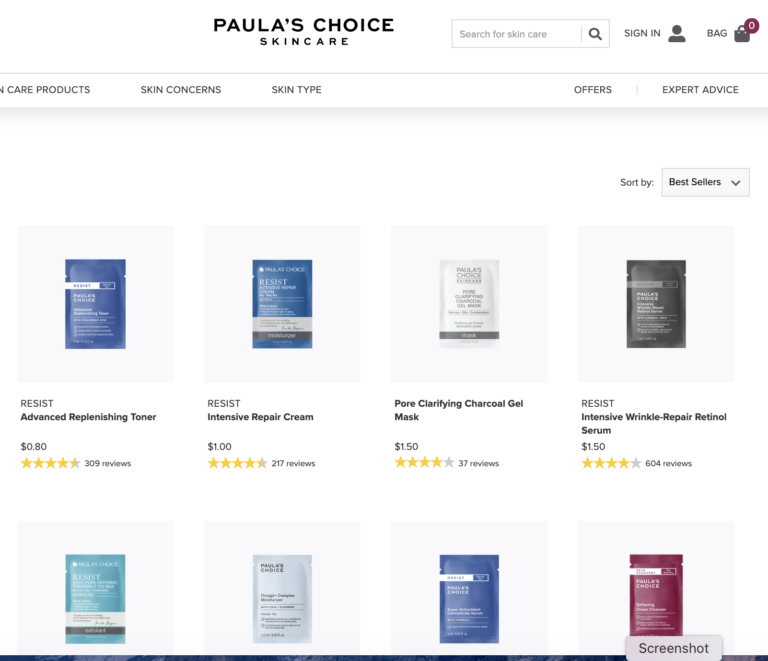
At my fragrance brand, Nomaterra, I offered an adventure set — which is basically a sampler pack of everything I sell. You can buy the Adventure Set for $35, and you get $35 back in store credit — which you can use to buy a full-size bottle of fragrance.
(This costs us money in the short-term, but gets us tons of loyal customers in the long-term.)
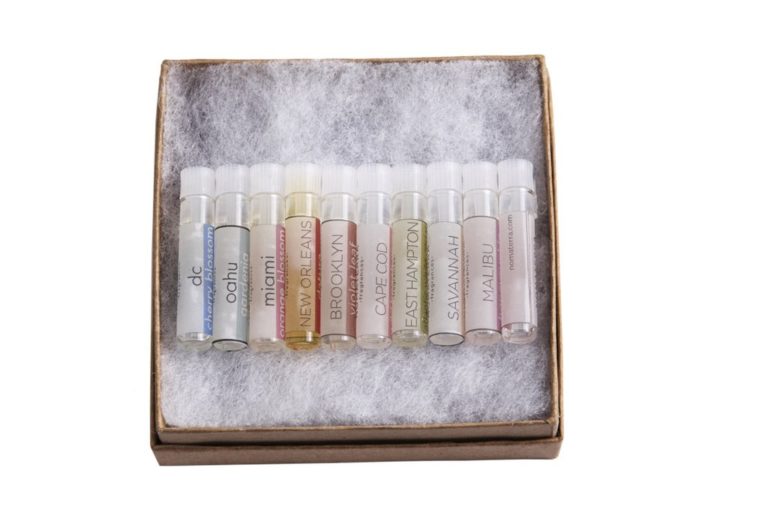
And 100 Percent Pure offers samples for $5 each — and also lets you get 2 for free with a $45 purchase.

You can sell your minis at whatever price point you want — if you only want to sell minis at breakeven prices (which I recommend), you can.
12. PAYMENT PLANS
Some big retailers like Walmart offer layaway plans: you can buy something now, and pay for it later.
Same thing if you buy a house. You won’t pay for the whole thing up front. Instead, you’ll get a mortgage, and pay over time.
Tons of beauty brands do this, too — including Biossance and Morphe.
You might want to think about offering payment plans — especially if your products are pricy. That’s because according to Jotform, 76% of buyers are more likely to actually finish their purchase if you offer some sort of payment plan.
(If you need to get paid right away, don’t worry: there are companies like Klarna that can give you the cash up front.)
13. CART ABANDON EMAILS
Sometimes people are about to buy something from you — but then their phone rings, or their baby starts crying. They get distracted, and you lose a sale.
You can get some of those sales back by sending cart abandon emails. They’re basically a friendly reminder to buy whatever they left behind in their cart.
Think about offering free shipping in your cart abandon emails. (Sometimes people abandon their carts because they didn’t realize they had to pay for shipping.)
It’s fairly easy to set up cart abandon emails in Klaviyo and other email marketing softwares. (And you can even have AI help you with the copy and design.)
14. FREE GIFTS (WITH A BIG ENOUGH PURCHASE)
If you spend $95 at Charlotte Tilbury, they’ll give you a free mini makeup product.
Now imagine you’re buying a $47 face mist from Charlotte Tilbury. You think you might want another face mist down the line.
What do you do? You might buy a second face mist now, just so you can get the mini makeup thrown in for free.
Biossance, a popular skincare brand, does this too. They recently gave away a free face oil and night serum to anyone who bought one of their most expensive serums.
You can do this, too. You can give people a free gift if they buy enough stuff from you. That encourages them to fill up their carts a little bit more.
(You can even use this to get rid of extra inventory. If one of your products doesn’t sell as well as you want it to, and you’ve got too much in stock, consider offering it for free to anyone who buys something else.)
15. BUY ONE, GIVE ONE
When you help someone else, you feel good. That’s why a lot of brands have “buy one, give one” campaigns — where when you buy something from them, they give another product away to charity.
For example, you buy a promotional pin from the modern menstrual care brand Honey Pot, they’ll donate two panty liners and a pad to women in poverty.
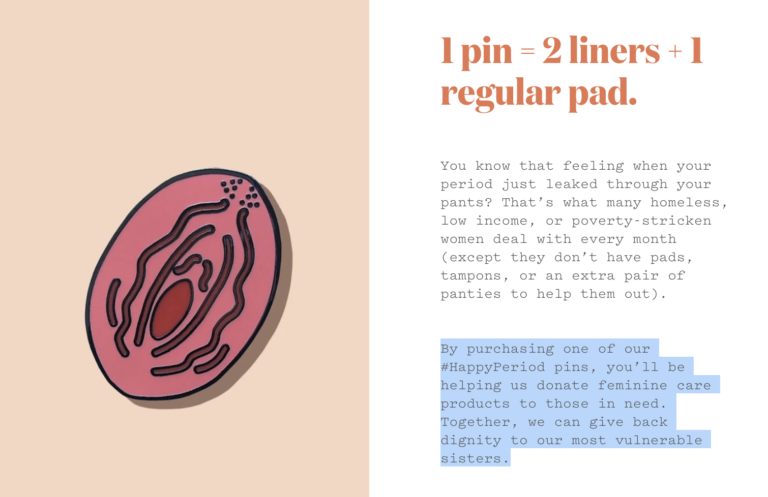
This works especially well if charity is a big part of your brand. For example, Thrive Causemetics gives false eyelashes to women who lose their eyelashes to chemotherapy. Would you be surprised if I told you they do buy-one-give-one promos?
What if your product is hard to donate? Then you can just donate a small percentage of every purchase to charity instead.
HOW TO HAVE SALES (TASTEFULLY)
I don’t like having lots of sales, because they cheapen your brand. But that doesn’t mean you should never have sales. (Having a well-timed, tasteful sale can make you a lot of money.)
One brand that does this really well is Ulta Beauty. They only have 2 sales per year: one in March, and one in September.
Same thing with SkinStore: they have one sale per year in March, to celebrate their anniversary.
Think about when you’re going to offer discounts. I’d recommend avoiding Black Friday, because everyone has a sale on Black Friday — your customers’ wallets are gonna be stretched thin. (I like to have sales in the middle of summer.)
Also, try to have an excuse for your sale. Sales don’t do damage to your brand when you hold them for a reason. So hold your sales around an event, like the anniversary of when you founded your company.
When you have your sale, make the most of it. I recommend building some hype for your sale in advance. Tease it on social media, email your mailing list, and get people excited!
Which Beauty Brand Founder Are You Like?
Are you more like Rihanna, Emmily Weiss, May Lindstrom, or Estee Lauder? Take the quiz here and find out:
https://quiz.tryinteract.com/#/5ebefd446de90d0014a524ef
Related Posts
DOWNLOAD YOUR CHECKLIST TO GETTING YOUR PRODUCT INTO A BIG-BOX RETAILER
Want to get an easy-to-follow checklist with every step to get into your dream retailer? Subscribe and get your free copy delivered directly into your inbox.


